Who Is Next? RIMOWA Design Prize Roundtable
|LUKAS FEIREISS
Questions of mobility are burning today, and the German maison is addressing them with the RIMOWA Design Prize, now in its second year. As in the first edition, students at Germany’s leading design universities are encouraged to consider mobility’s global impact in tangible projects and design objects and those who advance beyond the first round will receive guidance for the duration of the competition. The jury consists of figures from diverse disciplines within the field of design, thereby offering the students a broad array of networking and learning opportunities. In a roundtable discussion chaired by LUKAS FEIREISS, the jury members SUSANNE GRANER, REGINE LEIBINGER, HUGUES BONNET-MASIMBERT, NINA SIEVERDING, and ANTON RAHLWES reflect on the prize, design, the lessons they’ve learned in their careers, and the challenges facing younger generations.





LUKAS FEIREISS: First of all, it’s very nice to meet you all on this occasion, and I am very happy to have received the invitation from 032c to be involved in this beautiful project. I’d like to start on a personal note to understand who you are and what you do—also as a way to reflect on the diversity of the jury and the different disciplines that come together.
To give a first check in, my name is Lukas. I mainly work as a curator and mediator between the arts, design, and architecture. I also currently hold a professorship at the Berlin University of the Arts for transdisciplinary artistic education.
SUSANNE GRANER: My name is Susanne Graner—Head of the Collection and Archive at the Vitra Design Museum. I studied Art Technology and Conservation Science at the Technical University in Munich. I joined the Vitra Design Museum team in 2010, taking care of the collection and the archives with my team—from the preservation of objects to digitization, curating exhibitions, the strategic future of the collection and the archive.
REGINE LEIBINGER: I’m Regine Leibinger, and I’m an architect. I’ve had an office in Berlin for over 30 years with Frank Barkow. At Barkow Leibinger, we work globally but our main office is in Berlin. We also investigate and research a lot, and we do that mostly in the office and through teaching. Currently, I’m teaching at the Graduate School of Design at Harvard, which is where I received a master’s degree.
NINA SIEVERDING: My name is Nina Sieverding. I’m a trained graphic designer and integrated designer, and I’ve been running form design magazine as co-editor-in-chief for almost four years together with my colleague, Anton Rahlwes. The magazine was discontinued in summer 2023, and now we’re running an online magazine, the thing Magazine. I also teach at the HfG Offenbach.
ANTON RAHLWES: Hi, I’m Anton Rahlwes, and I originally studied product design in Potsdam. I co-founded the furniture label Objekte unserer Tage, then went to Frankfurt to join the editorial team at form. And, yes, then we co-founded the thing Magazine. I am also doing graduate studies in aesthetics, focused on queer aesthetics.
HUGUES BONNET-MASIMBERT: Good evening, everyone. My name is Hugues Bonnet-Masimbert. I am the CEO of RIMOWA, and I joined the company six years ago. I have been working in this field for nearly 30 years, starting as a sales associate in the industry. I spent the first few years of my career in Munich, Frankfurt, and Cologne. Then I lived in Hong Kong, Korea, and Spain. Now I work and frequently commute between our German headquarters in Cologne and our Paris office in my home country of France.
LF: This jury consists of architects, designers, and executives. We all work in different fields and have certain methodologies. I would be curious about your mode of operation. How would you put this in words?
HBM: More generally, I would say I try to work with sincerity, integrity, creativity, passion, and dedication.
RL: If you are in the arts or architecture, you need to be dedicated. There’s so much intense work in architecture—coming up with a concept for a competition, finishing it, pursuing it, and convincing a client. Sometimes, it takes ages to have a built project in the end. The teaching helps a lot, too. Because it forces you to keep moving and thinking. Through teaching, you also open yourself up and are challenged by students, if you allow them to, which I personally do.
SG: I would say it wouldn’t be possible to run a museum without passionate dedication either.
NS: The first thing that came to my mind was questioning and being critical, because that was the most important thing that we learned at form. We keep questioning the existing patterns in the design scene and are looking at things from a critical perspective as journalists. And personally, I think I work very thoroughly, and Anton’s the quick one.
AR: I can also be a perfectionist. But I really like to try things out. And I like this mixture of studying a topic intensively, also from a theoretical point of view, but then very quickly trying to create things in the real world. On the one side, you have this philosophical approach, and on the other side, you have the facts reality simply creates.
LF: I’m always curious why people do what they do. In my case, I love to connect people and to connect different topics. What’s your driving force?
AR: I started as a product designer, and it wasn’t political enough for me as a form of expression. I felt the need to be more critical. At form, I realized that design journalism is what I actually want to do. This is how I can fully question and reflect on this discipline.
NS: I love researching, I love writing. And I also love teaching and learning new things from my students.
LF: How about you, Regine?
RL: I love architecture. Being an architect has been my dream since I was 19. So, that’s it. I love it.
SG: For me, it’s a fulfilling, multifaceted job that brings joy. And if I look back at my professional career—starting as a carpenter, working as a conservator, and now being the Head of the Collection and Archives and curating exhibitions—there are a variety of tasks and challenges, and I love it.
HBM: And for me, I would say it’s allowed me to inject excitement, learning, and fun into my life. I must confess, I think that going to work every day without excitement is uninspiring. So, I always made sure to go to work excited, and that’s what drives me.

LF: You’ve all been asked to judge the design prize. What are you looking for in this prize?
HBM: It’s only the second edition of the RIMOWA Design Prize, and there is no preconceived idea of what should come. Frankly, we were somewhat surprised by the variety, creativity, and ingenuity of the proposals in the first year. And having seen the first set of proposals from this edition, I must say it’s the same, and it’s somehow what we are looking for. Even though we aim to root these new perspectives into a heritage of German design, there is intense desire on our end to be shaken by new perspectives.
SG: At the museum, we normally collect the final version of the design process, which sometimes took years. We make our selections according to specific criteria, and it is interesting to see whether these criteria are relevant and up to date. So, for me, it’s a way to discover new aspects and new criteria for the future selection processes for the collection.
NS: It’s also a really unique experience to interact with the students at such an early stage of the design. We had all these criteria, such as innovation and creativity, but I think what’s really important for us is that the project shows the designer’s stance and that it has a clear vision.
AR: I completely agree. And I’m quite curious how young designers approach today’s challenges. I feel like the world is so complex, and you can’t really approach it with a single product. At the same time, our world is overflowing with produced products. How the students handle this ambivalence and how they can still create something great fascinates me. As an architect, what are you looking for, Regine?
RL: I really want to learn from them and how they think. And, like you Anton, I’m very curious about how they will react to the challenges they’re facing. In my experience, students in the arts, architecture, and product design are thinking about the world very differently right now. They are so aware, and very worried about the world. It’s a troubling time.
HBM: We are here to learn; we are here to support. We are also here to transmit, if we can.

LF: The RIMOWA Design Prize is still young, and I’m curious, Hugues, what message you are hoping to send with it?
HBM: We are aiming for a broad approach. We learned from the first edition to strongly advise the students to avoid any resemblance to RIMOWA products. Last year, we had many projects that were related to luggage, so this year we specified to steer away from that, as that’s not the purpose of this opportunity. We want the students and the jury to creatively and personally connect. Sometimes, it’s not about the project they have, but about the chance to have quality time with professionals at an early stage of their careers; people who can inspire them and push them forward in the design world. I was talking to the RIMOWA Design teams—they’ve been involved in the selection process—and they told me that, when they were students in design schools, it would have been a dream to be given the opportunity to meet with design experts, such as the ones that we have within our jury. Not just to casually meet them, but to really work together. And that’s what we love the most about the RIMOWA Design Prize.
NS: Speaking from my own experience, I never participated in design competitions until I had my master’s because that’s when I finally had the confidence to do so. I think that there are a lot of young students who don’t have the money or the self-confidence to enter a design competition because the bar is quite high. So, I love that the only barrier for the students is to join a course that has the topic of mobility and then do a project. It’s very easy for them to enter the competition, and they get coached along the way.
SG: It’s an exceptionally strong sign of support. It’s very unusual, especially in these times, to spend money, time, and commitment to support people.
RL: I think it’s absolutely fantastic that a company is making this commitment to the younger generation, and I really want to congratulate RIMOWA for that. In a way, you are portraying the quality of your product by doing this prize. As I understand it, you think of the company as being something bigger, with the responsibility to society to support the younger generation and keep going.
AR: It’s important to take the students very seriously and to show them that they are being taken seriously. They are in a weak position, because they are super young, which usually means they don’t have a big reputation in the industry. It’s so easy to get lost in this power imbalance, you know? It’s important to be very sensitive to this.
HBM: I had a kind of revelation when I joined RIMOWA and went back to Germany, a place I had left 25 years earlier. I had a lot of questions for my RIMOWA colleagues, like: Who are we, what’s our identity, what are our roots? What’s our cultural universe? Then, I bought some books and dug into the classic German design ethos and I asked myself: Where does this exist today? This question led to the idea of creating a bridge that connects heritage and innovation, to finding the balance between the classic and the contemporary. The RIMOWA Design Prize is our effort to do just that, to celebrate the heritage of German Design while pushing the boundaries of innovation. Our goal is to offer the new generation of designers a network of high-caliber industry personalities, and make sure that the bond between established designers and the new generation is encouraged and cultivated.

LF: From your perspectives, what are the biggest challenges these upcoming designers are facing today?
RL: I think it’s clear that it’s sustainability and artificial intelligence. In architecture, you cannot design anything without thinking about sustainability and the climate crisis. And the issue of artificial intelligence is rising so rapidly. But at the same time, it’s important to not forget that quality and aesthetics play a vital role. The challenge at the end of the day is to make beautiful things.
AR: I would even go on and say it’s the reason why they should design and produce new stuff in the first place. There’s this feeling that everything is on the edge of imploding, and what I have seen is that the students are struggling with why they should bother making anything. They don’t really know what they are designing for anymore. “Why should I add anything to this world?” And how can products really, even if they are sustainable in a certain understanding of this very wishy-washy term, add something to better the world? I think finding a reason to design is the biggest challenge.
NS: I’d like to take it down to a really practical level. When I was studying, it was much easier to be a freelancer in a city with regards to living costs. Not much time has passed since I graduated, but I think my generation had much more financial freedom because the costs weren’t as high as they are now.
LF: Good point. Susanne, what do you think?
SG: I mean, I should ask some of the young designers since this is probably more of a guess, but I would say that the biggest challenge for the younger generation is to maintain the ability to be resistant or resilient against all the emerging uncertainty.
HBM: To some extent, the biggest challenge is for them to feel confident about their ability to make a difference. To not give up on pursuing their dreams of becoming designers. And I think there is a very genuine indication in all the design proposals we received, that these projects could make a difference. And I believe that this notion is something that was true of the older design generations.
LF: I would like to ask you for your cheat codes. You’ve been in the game longer than these students, so is there something you would have liked to have known when you started? Is there any advice where you think: I wish someone would have told me that before?
HBM: It’s not very romantic, but I would underline the power of hard work. I think when I was young, I had some notion that I had talent and was gifted at this and that. While I relied on my ability to improvise or use my natural talents, I’ve discovered in the meantime that it also took me a lot of hard work in a great number of areas.
LF: Regine, you keep smiling over there.
RL: It’s such an honest answer. I did not work very much in the first four semesters, but then I learned in my first internship that I have to work harder for the rest of my life to be a good architect.
And when you are in an architecture office, you have to learn how to deal with people and finances and organizing. I would say that that was neglected in my studies in the 80s. It would be important to be more exposed to this world since you’re running a company. We now have nearly 80 people working for us, and you need a lot of knowledge in order to run an architecture office. That’s something I would tell the younger architects: there are so many facets that it takes to be successful.
LF: And how about you, Susanne? You have a very different trajectory—from carpenter to conservator to Head of Collections. What advice would you have appreciated earlier?
SG: I was probably in a lucky position because I got all the advice I needed along the way—for example, to stand up for myself. I think that this is the most important advice. If you stand up for yourself, things will go their way. I’m convinced that it will work out one way or another if you show passion.
AR: I like the spirit. But to answer the question, “What advice would you have liked to receive?” you have to first ask, “What is the goal?” What did you want to reach? And did you reach it? First you have to figure out what you really want. And then I would say hard work is a big factor. But it’s also a lie to a certain degree. I mean, I also love working, and I’m lucky that it works out in this neoliberal society, but at the same time, I would say part of the truth is that there are certain realities and conditions in life where even if you work as hard as others do, you will never reach the same things. And especially not in the same timeframe. So: acknowledge these different starting points and settings is my advice to them. There are differences, and you can’t compensate for all of them with work.
NS: I don’t think I would have listened to my own advice. I needed to make my own mistakes, and I needed a lot of time to figure things out.
LF: That’s a beautiful closing line. Thank you.
Credits
- Text: LUKAS FEIREISS
Related Content
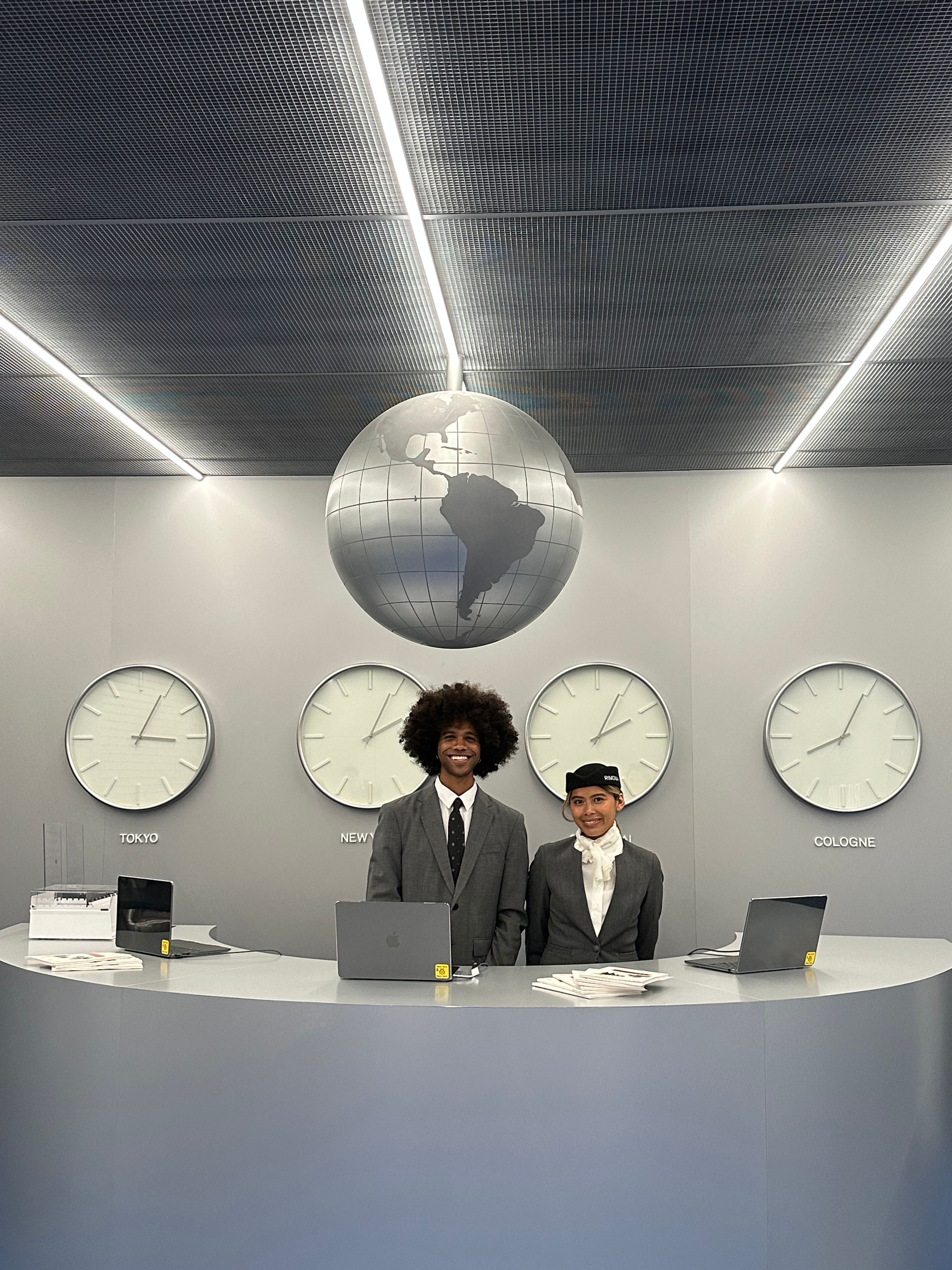
Brenda’s Business with Rimowa’s EMELIE DE VITIS
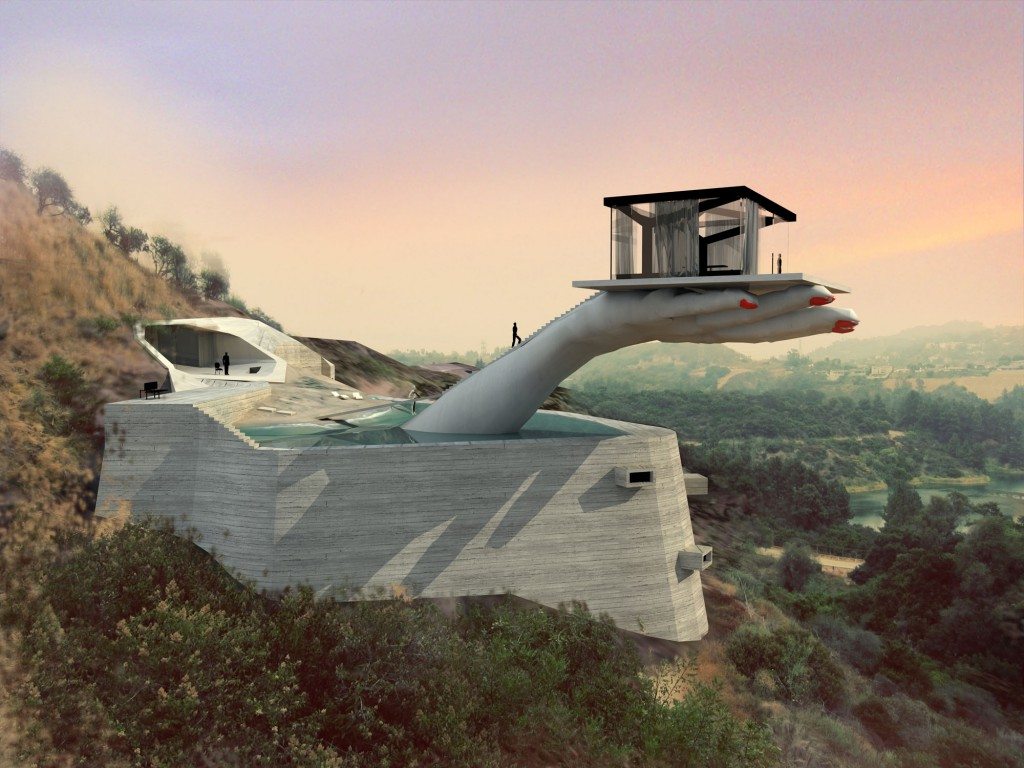
032c Presents: The Architecture Reading List
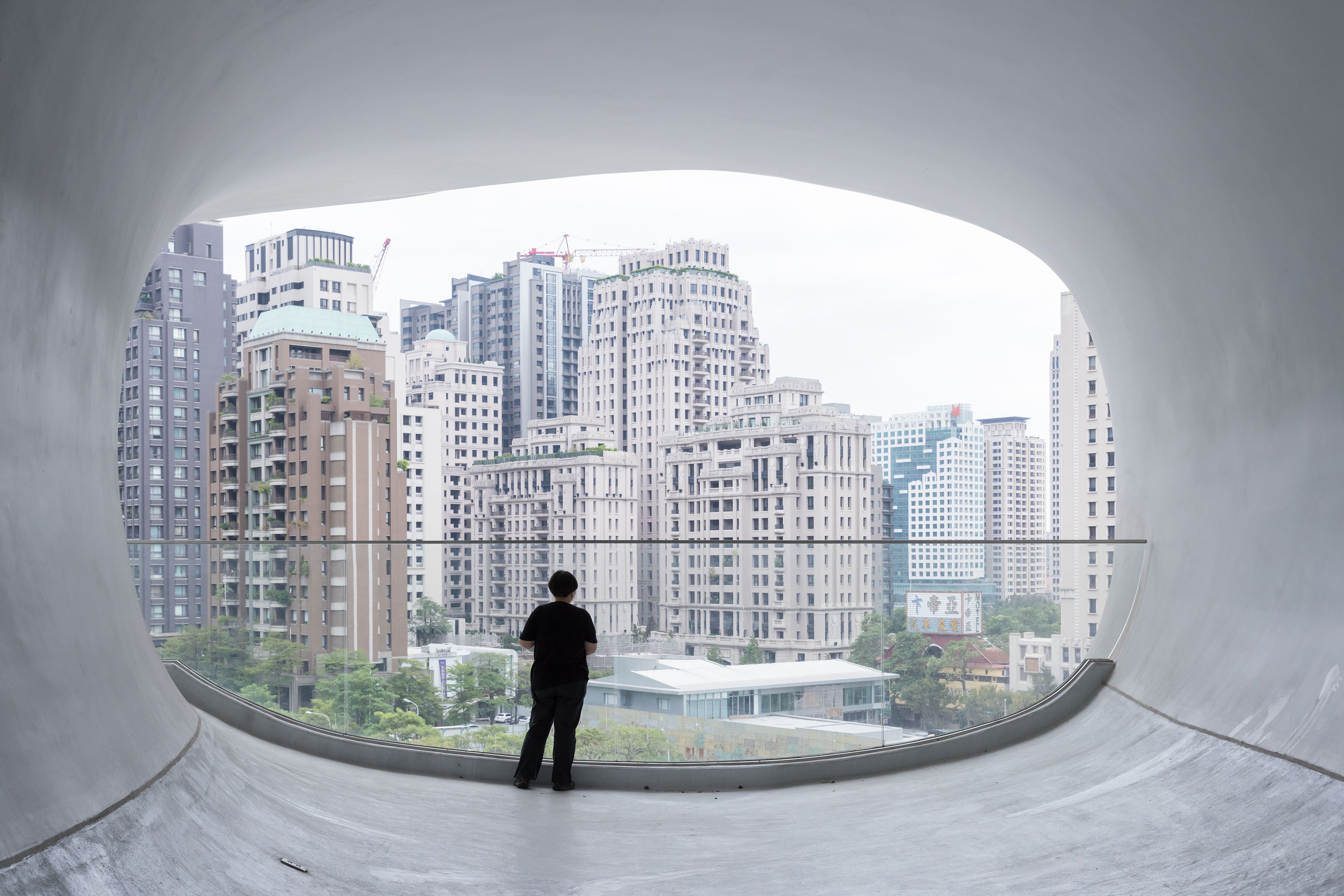
IWAN BAAN: Moments in Architecture

Milan Design Week: a Reading List
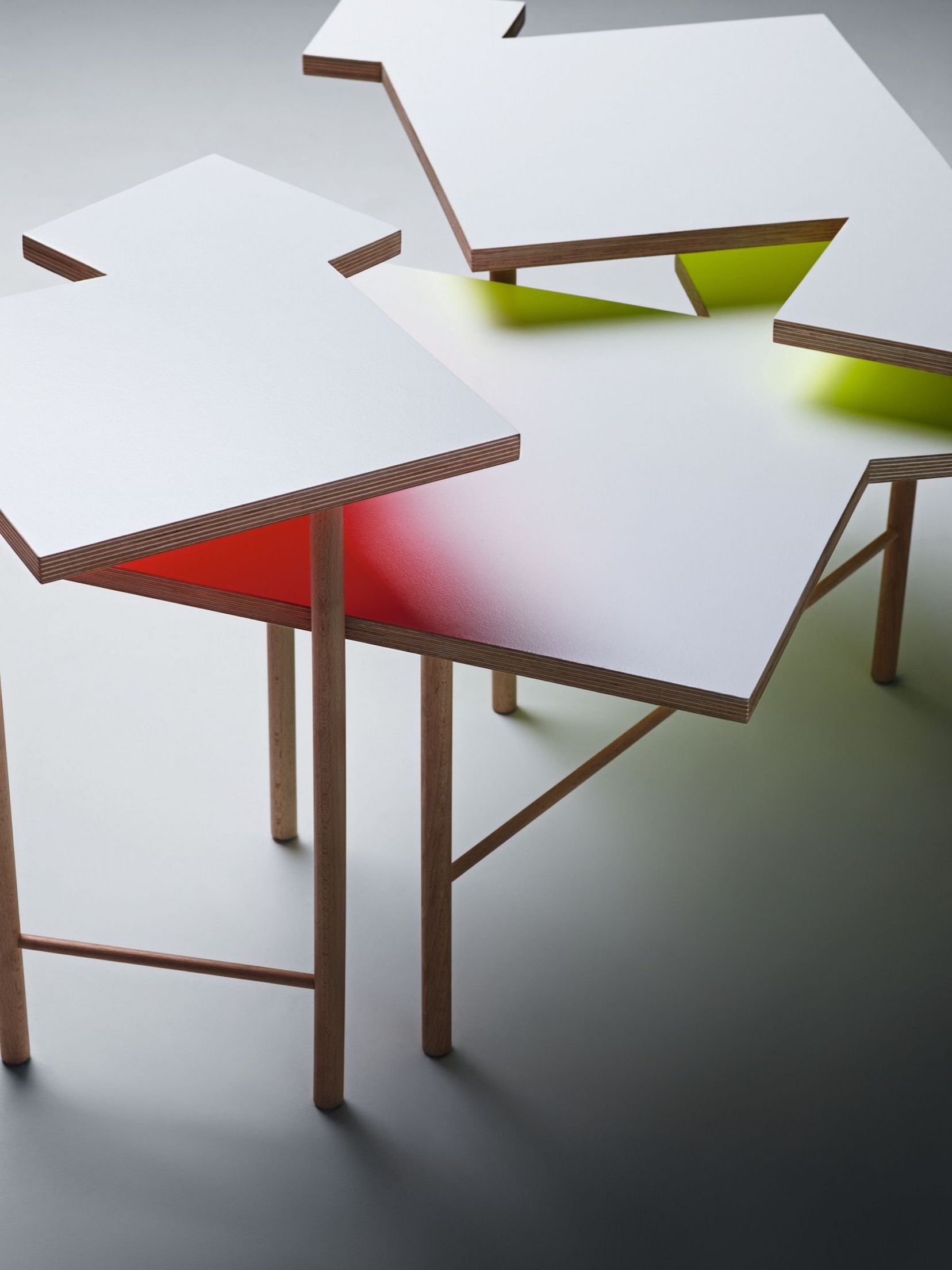
BUILD ME: Yo Shimada’s DayGlo DIY

How Nightclub Design Cured Modernism’s Hangover
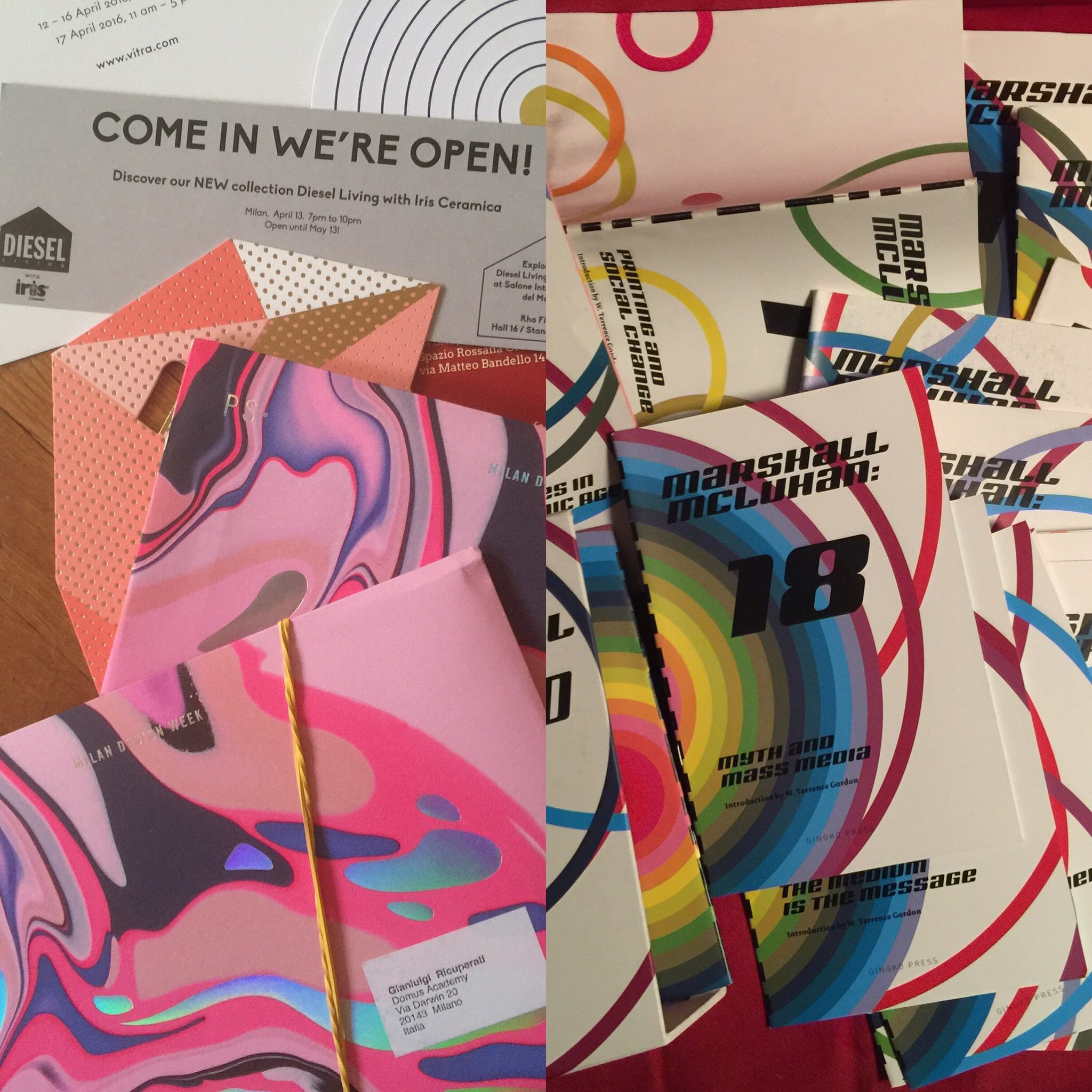
Visiting Milan design week 2016 with MARSHALL MCLUHAN

Model: EINAR THORSTEINN